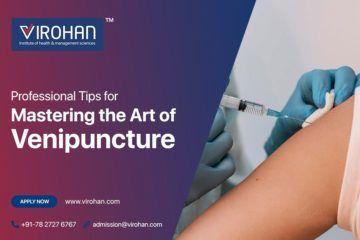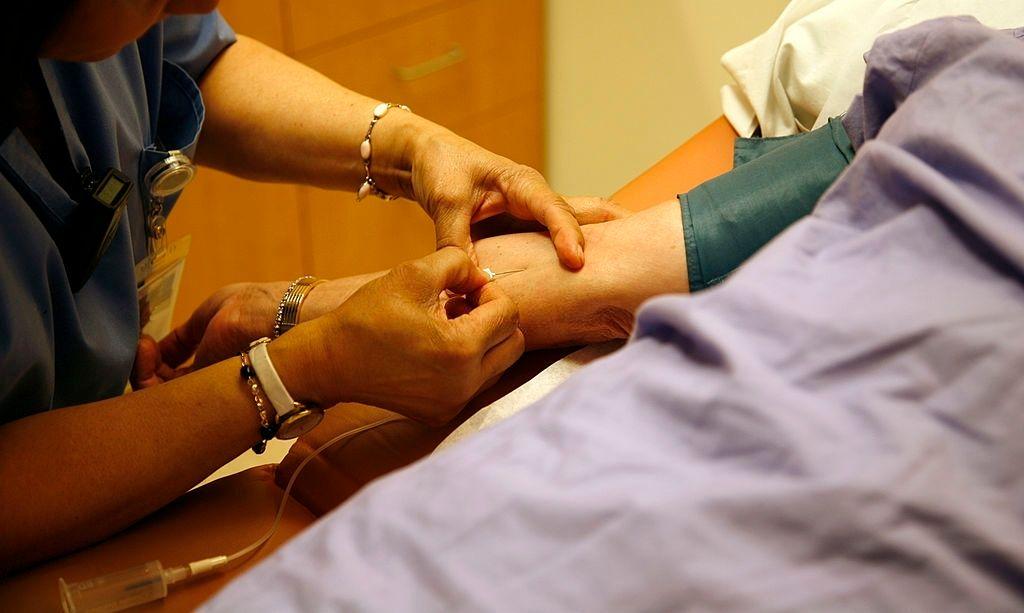Analysis of blood samples indicates the patient’s overall health. It reveals specific diseases and health conditions.
A good blood sample is the foundation of a test procedure. Improperly collected samples can lead to compromised test results. This can heavily affect patient care and management. So there is a need to master the skill of performing venipuncture.
How to be Perfect in Venipuncture?
- Identify a vein that is close to the surface of the skin, is of good size and does not roll when punctured for venipuncture. The median cubital vein in the crevice of the elbow, the antecubital fossa, is a good choice for beginners. The chances of any risk to surrounding blood vessels is also quite low.
- Be aware of the areas that should be avoided like swollen sites, burned areas, any fistulas or hematomas.
- Keep the patient engaged while performing venipuncture. This helps keep them calm and distracted. You can start by explaining the procedure and the reason for sample collection. This addresses all fears of the patient and at the same time helps them avoid any apprehension of events of the venipuncture procedure. Involvement and cooperation of the patient result in a successful and easy draw.
- Hold the arm below the site of puncture. This draws the skin taut and also prevents the vein from collapsing. Anchoring the venipuncture site makes the procedure less painful. Do not allow the arm to hang down while collecting samples. This may lead to inaccurate results.
Download Virohan myCareer App for MLT Course
- The use of a tourniquet makes the vein more visible. It should be tied 3-4 inches above the venipuncture site. It should not be tied too tightly and for not more than one or two minutes. In patients with superficial or visible veins, it is better not to use it. The tourniquet should be released before withdrawing the needle.
- Apply a warm pad to the target vein as it helps dilate the vein, making it more visible and accessible for venipuncture.
- Disinfect the site before drawing blood. Do not touch the area once alcohol or another antiseptic has been applied. Allow the area to air dry completely. In paediatric patients, use only alcohol.
- The WHO guidelines suggest inserting the needle with the bevel side up, at an angle between 15 to 30 degrees with the surface of the arm. The angle should not be too shallow or too deep. This avoids perforating the vein.
- Label all samples immediately to avoid any confusion later.
- Apply firm but gentle pressure to the site for 2-3 minutes or till bleeding stops after sample collection.
- To avoid any contamination, all equipment should be sterilized and single-use items should not be reused. You should practise good hand hygiene, use single-use disposable gloves and needles etc.
To master the art of performing venipuncture successfully, you should practise repeatedly in a controlled environment.
It is essential to follow the standard procedure for blood sample collection and venipuncture. Any errors can lead to faulty results. Venipuncture is preferred over other sample collection methods as it is easier to pierce the veins. Low pressure of blood and thin walls of the vein makes it a method of choice. Venipuncture is a learned skill. It becomes easier to perform as you gain experience.
Also Read: Bsc Nusing Course

